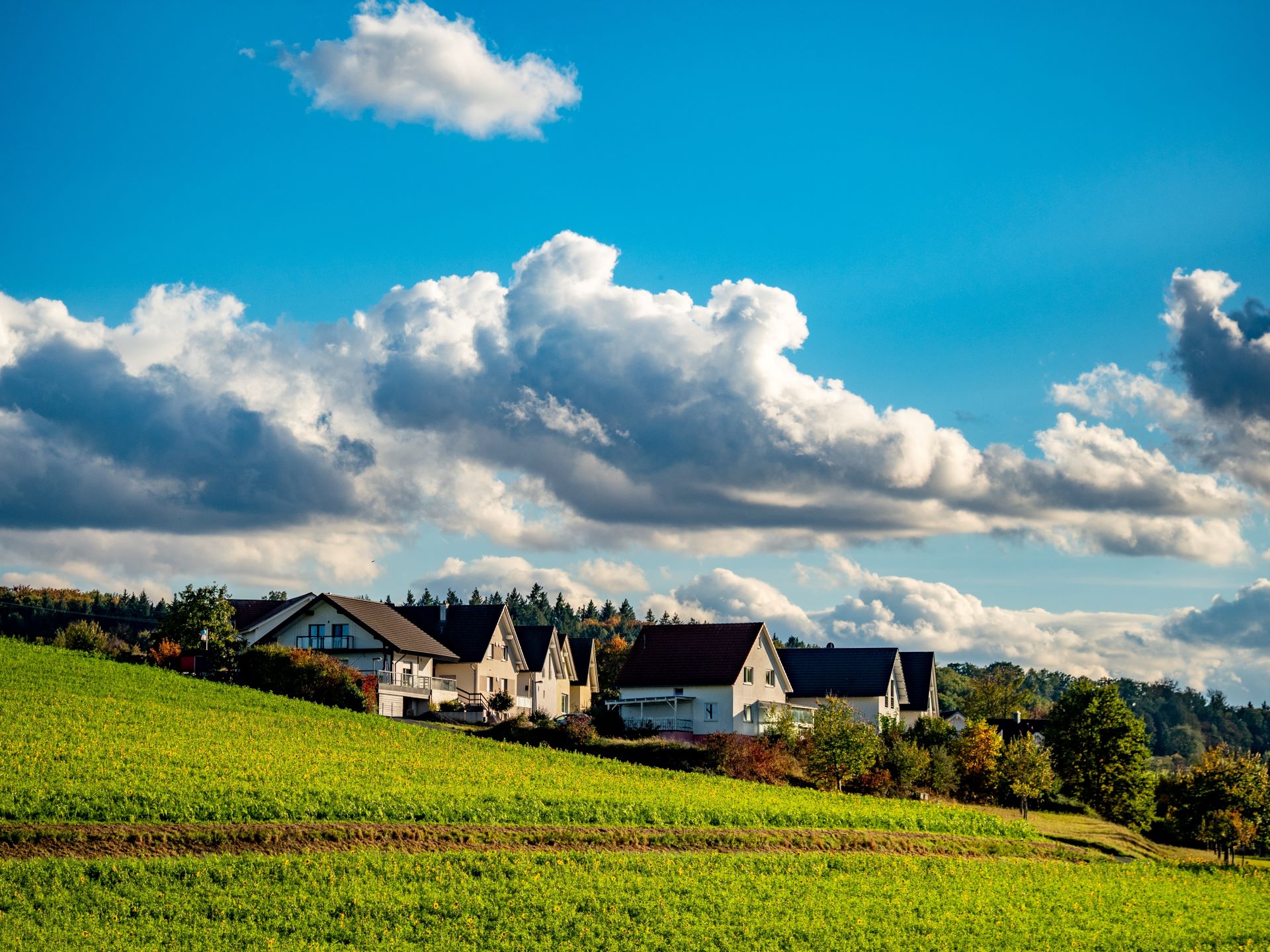In the previous blog within this series, CACI assessed the current state of the UK’s house building targets and how grey belt sites can lead to improved outcomes. Today, Virgin Land will dive deeper into what these grey belt sites are, including their locations and projected impact on the future of housing.
Grey belt sites explained: freeing land for homes
The UK’s ongoing housing crisis has left politicians and planners scrambling for solutions. To address the shortfall, the new Labour government has introduced a fresh approach: grey belt sites. But what exactly does this mean, and how might it help?
“Grey belt” refers to parts of the green belt that the government believes can be reclassified for development. These areas, while part of the green belt, make limited contributions to the five core purposes of the green belt, like safeguarding the countryside or stopping towns from merging together.
Since they no longer offer much in the way of environmental or spatial benefits, they could now be considered for development under new rules. The grey belt typically consists of previously developed land or parcels with minimal environmental or historical significance.
By shifting these areas from green belt protection to grey belt status, the government hopes to balance the need for housing with environmental sustainability. In practice, grey belt sites include land that may have been industrially or commercially used in the past, or areas close to urban centres that are no longer agriculturally productive.
These sites provide a critical opportunity to deliver housing where it’s most needed, particularly in regions where development has stagnated due to green belt restrictions.
How many grey belt sites exist & where are they located?
At Virgin Land, we’ve conducted an extensive study and found around 14,000 possible Grey Belt sites across England and Scotland, covering about 17,500 hectares. That’s just over 1% of all Green Belt land in the country, underscoring the selective nature of this reclassification.
Most Grey Belt land can be found in older industrial towns, particularly in the Northwest and Midlands, where a whopping 64% of people in the Northwest live within two miles of a potential site (the national average is 38%). In future blog posts, we’ll take a closer look at the regions across the UK.
How could grey belt sites impact housing?
Reclassifying land as Grey Belt opens up a significant opportunity for housing development, especially in regions where supply has consistently failed to meet demand.
Based on current estimates, if development were to proceed at an average density of 30 dwellings per hectare, the identified Grey Belt sites could accommodate around 525,000 new homes. If densities were to increase to 35 or 40 dwellings per hectare, the number could rise to 610,000 or even 700,000 homes. But even with this potential, the government still wants to focus on brownfield first approach before using any Grey Belt land.
Local Planning Authorities (LPAs) are required to prioritise brownfield sites before considering greenfield or grey belt areas for development.
Future predictions of housing through grey belt sites
The grey belt idea is a big shift in how we think about land use, potentially opening up vast amounts of space for new housing. It’s especially promising for regions like the Northwest and Midlands, where building has been difficult in the past due to green belt restrictions.
However, this isn’t a magic fix—some areas like London and the Southeast still face substantial challenges when it comes to housing. Making the most of grey belt land will take careful planning and input from the public to ensure that the right balance is struck. This new approach could help ease the housing crisis, but only if it’s rolled out thoughtfully.
How Virgin Land and CACI help?
To find out more about ensuring your developments meet the demands of local movers, contact CACI and they will be touch.
* This insightful blog has been authored by Steve Norman and Sam Bedford from Virgin Land.

